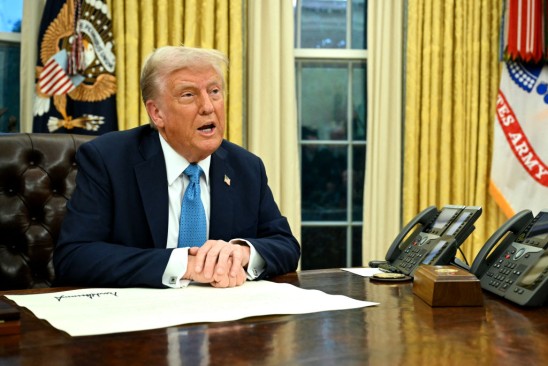Trump Orders Review of Reciprocal Tariffs, Potential Trade Measures Could Begin by April

President Donald Trump has directed administration officials to assess reciprocal tariffs on the United States’ trading partners, signaling a potential shift in trade policy. Unlike the immediate tariffs imposed on China, this new directive allows officials 180 days to evaluate and recommend trade actions on a country-by-country basis.
What This Means for U.S. Trade
The memo instructs officials to consider tariffs, taxes, and subsidies that impact American exports, ensuring that trading partners impose comparable trade terms on U.S. goods. While no immediate tariffs have been enacted, potential retaliatory measures could take effect as early as April.
This move aligns with Trump’s long-standing “America First” economic policy, which prioritizes reducing trade imbalances and renegotiating agreements perceived as unfair to U.S. industries. Critics warn that escalating trade barriers could lead to economic uncertainty and strain international relationships.
A Different Approach from China Tariffs
Trump’s tariffs on China, which sparked a trade war, were implemented immediately. In contrast, this directive allows for a strategic review before new tariffs are imposed. The administration aims to leverage this approach to pressure foreign governments into lowering trade barriers against U.S. exports.
With the 2025 economic landscape in flux, businesses and global markets will be watching closely to see how these potential tariffs unfold and their impact on international trade relations.





